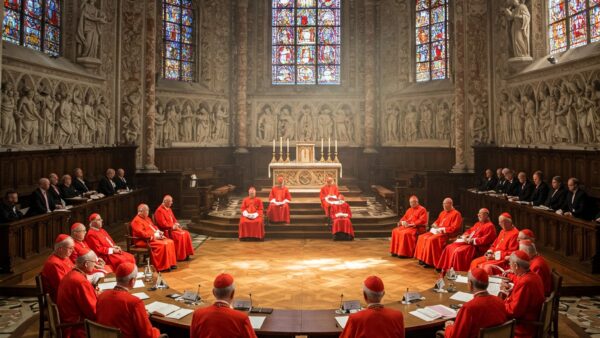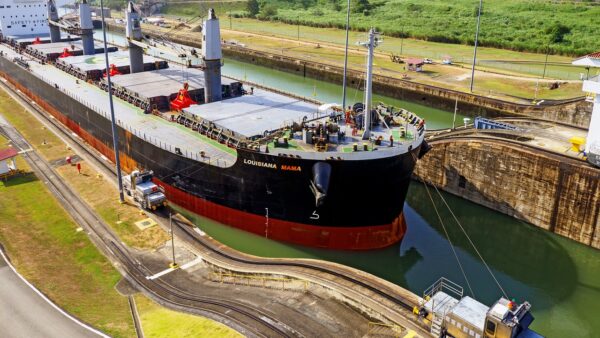History and Impact of Coca-Cola
When you think of Coca-Cola, you likely picture the iconic red cans and bottles, polar bear commercials, and of course – the delicious taste. But Coca-Cola has a long and storied history that has impacted culture and business worldwide.
The Secret Formula is Born
Coca-Cola was invented in 1886 by John S. Pemberton, a pharmacist in Atlanta, Georgia. Pemberton concocted the original formula in his backyard, blending carbonated water with kola nut extract and coca leaves. His bookkeeper Frank M. Robinson is credited with naming the drink “Coca-Cola” and creating the distinctive script logo.
Early Coca-Cola did actually contain traces of cocaine from the coca leaves. This was common in medicinal products at the time, though certainly controversial today. But by 1903, the company had removed all cocaine from the formula due to mounting public health concerns.
Rise to Pop Culture Icon
Coca-Cola steadily grew from a regional Southern drink into a truly national phenomenon that captured the public’s imagination. Key factors in its rise to fame and massive commercial success included:
The beginning of bottling operations in 1899 allowed Coca-Cola to be sold pre-bottled, widely distributed, and consumed on demand. This hugely expanded consumption beyond just fountain sales. Bottling plants were built across the country to serve regional markets.
World War II Presence
Coca-Cola factories remained open during World War II even with sugar rationing and other stresses on production. The company managed to provide Coca-Cola to troops serving overseas, exposing many young people to the drink for the first time and making it a symbol of home.
Innovative Advertising
Coca-Cola’s advertising in the early 20th century relied on catchy slogans, emotion, and family-friendly icons that stuck in consumers’ minds. Campaigns featured the jolly Santa Claus character that became a winter staple. This innovative advertising cemented Coca-Cola as a beloved representation of Americana.
By the 1960s and 70s, Coca-Cola had expanded internationally with operations in over 100 countries. It adapted products and advertising to appeal across cultures worldwide. This global presence further boosted Coca-Cola’s status as an iconic brand.
Modern Day Coca-Cola Empire
Today, Coca-Cola sells over 1.9 billion servings every single day. Some signs of its continued innovation and success as a megabrand include:
Beyond the original Coca-Cola, the company now owns over 200 drink brands including Sprite, Fanta, Powerade, Dasani and more. This huge product portfolio appeals to diverse tastes.
As environmental concerns grow, Coca-Cola is responding by working towards more sustainable packaging formats, improved water stewardship in operations, use of renewable energy, and ethical sourcing. This helps modernize its brand image.
Major Sponsorships
Coca-Cola’s sponsorships of major world events like the Olympics and FIFA World Cup tie the brand closely to sports and culture. Its partnerships span over 200 countries.
So while Coca-Cola starts out simply as a refreshing drink, its impacts on business, advertising, and worldwide culture run remarkably deep. Through innovation and intelligent marketing, the Coca-Cola company has indelibly secured its place in history for over 130 years and counting.

Originally posted 2023-08-02 13:21:18.





There are 2 comments